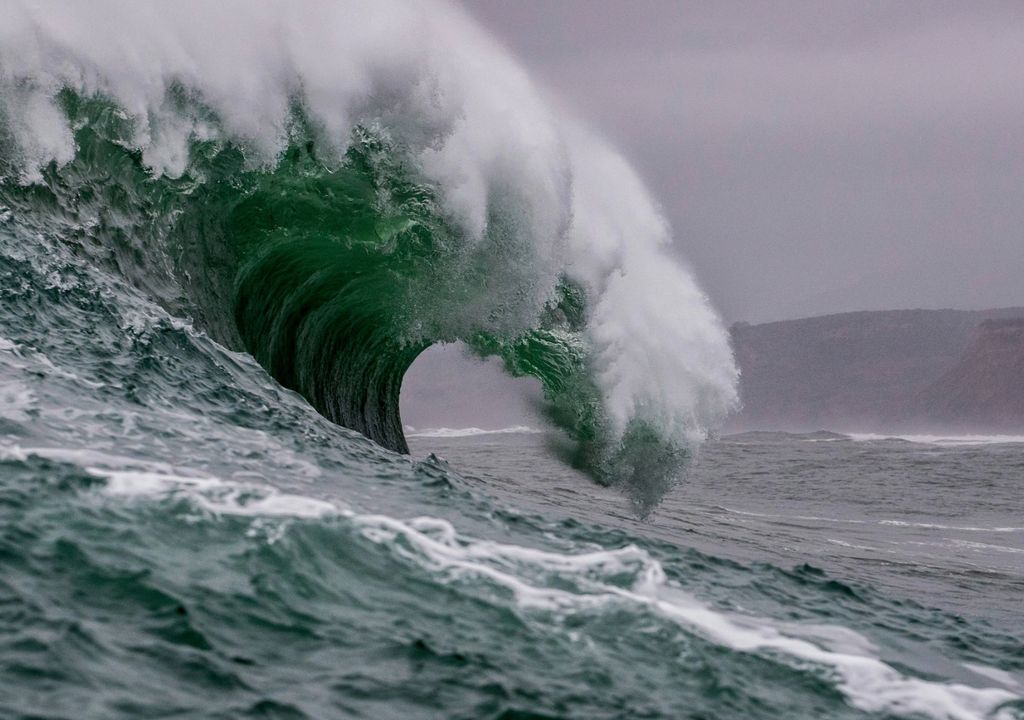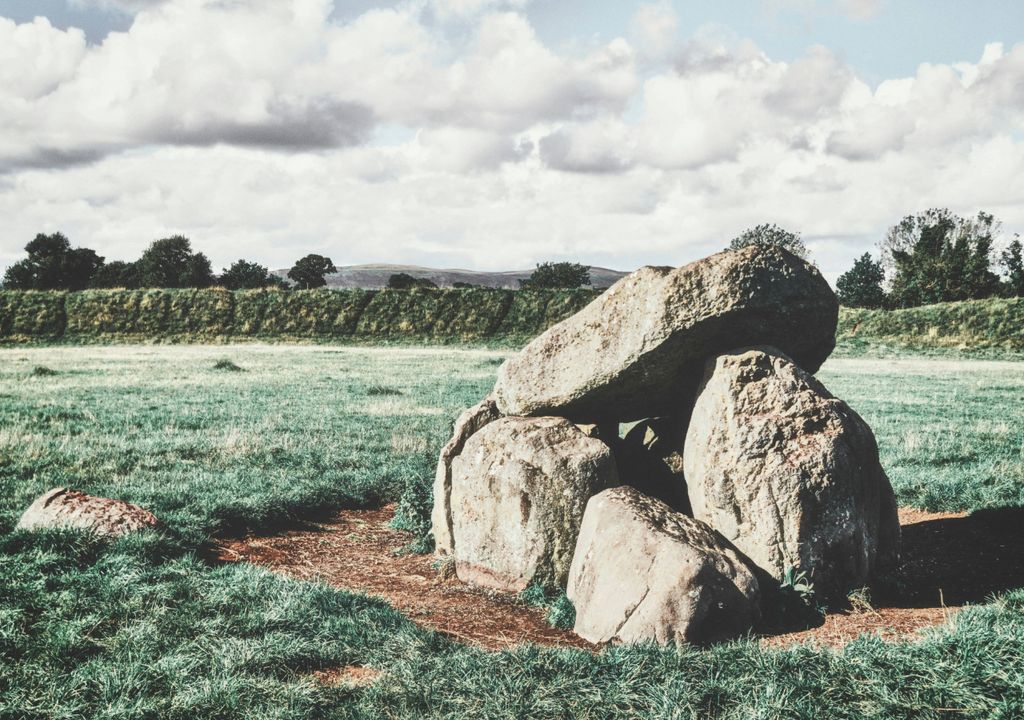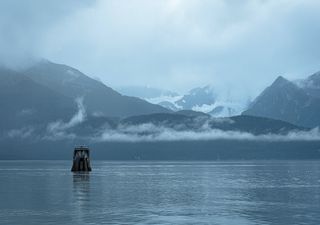Did a Monster Tsunami with 20 Meter Waves Wipe out Populations of Stone Age Britain?
New research suggests a huge tsunami caused by a landslide in Norway may have devastated Stone Age coastal communities.

Around 8,000 years ago, a huge tsunami with waves peaking at 20 meters deluged Britain and northern Europe. The waves were so massive and the death toll was so high that it could have wiped out populations of people in Stone Age Britain.
A researcher from the University of York thinks the tsunami, which battered the eastern coast of the UK, was caused by an underwater landslide known as the Storegga slide near Norway and coincides with a large population decline in northern Britain.
Terrifying experience
Although northern Britain had a small population – around 1,000 – at this time, “A giant tsunami of this size would have devastated Stone Age coastal communities as it occurred in the autumn, when they would have been gathering resources for the winter,” explains Dr Jon Hill, an environmental scientist who led the research. “The scale of the waves coming in would have been completely different to anything experienced by the people living there – a truly terrifying experience.”
Earlier archaeological studies proposed the number of populated sites across northwest Europe suddenly plummeted around this time, and was linked to a quick and continued drop in temperatures across the continent.

However, this new research, published in the Journal of Quaternary Science, says the “freak” tsunami is to blame for the huge population decline. A massive landslide off the coast of western Norway displaced 2400–3200 km3 of sediment, potentially triggering waves of between 3 and 6m in northern England and monster waves of over 20m in places like Northumberland and the Shetland Islands.
“Some past fishing societies in tsunami-prone regions such as the northern Pacific have shown some resilience to tsunamis and knew about moving to higher ground,” says Hill. “But the tsunami event in northern Britain was more of a freak event, with Stone Age people here having no living memory or ancestral knowledge about how to make themselves safe.”
Other factors?
Computer simulations of the deadly tsunami helped determine whether the massive waves contributed to the population decline, or if other factors played a role.
“Alongside the direct mortality from the waves, this tsunami created longer-term impacts on resources for Stone Age people,” says Hill. “It would have decimated food supplies so there’s a strong possibility this contributed to the sharp population decline we saw in northern Britain at this time, although this period also saw a rapid sea-level rise and a sharp drop in global temperatures.”



